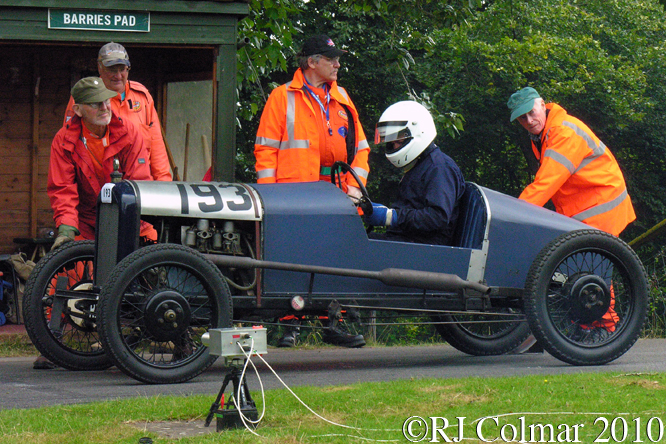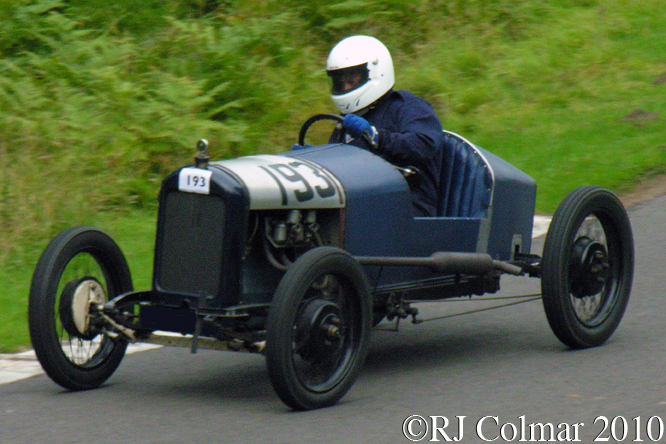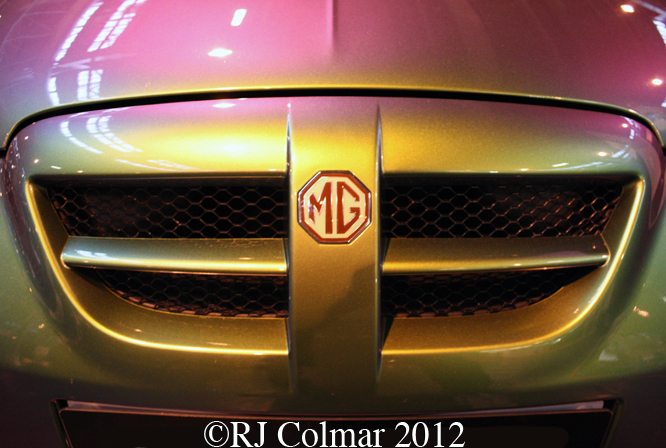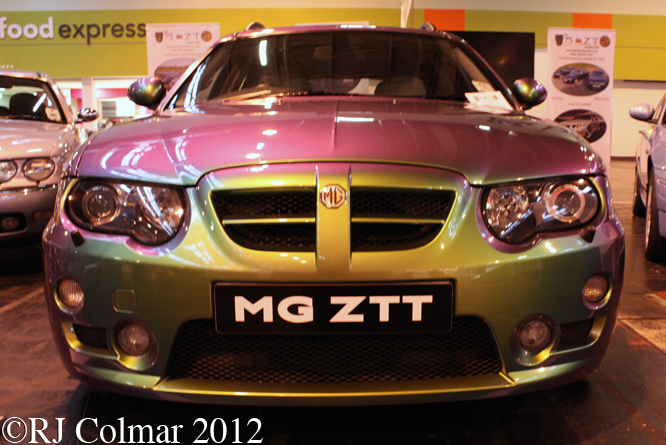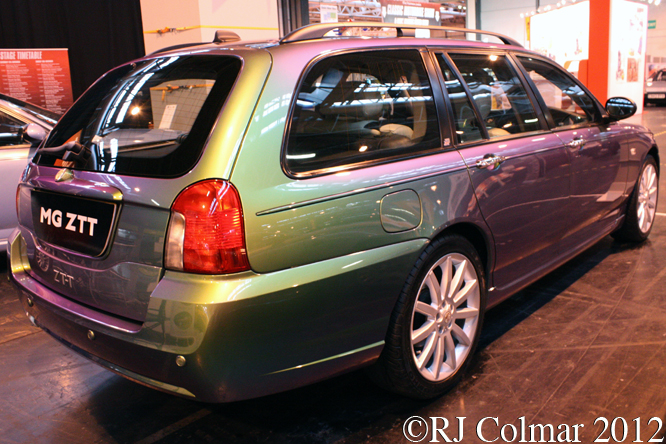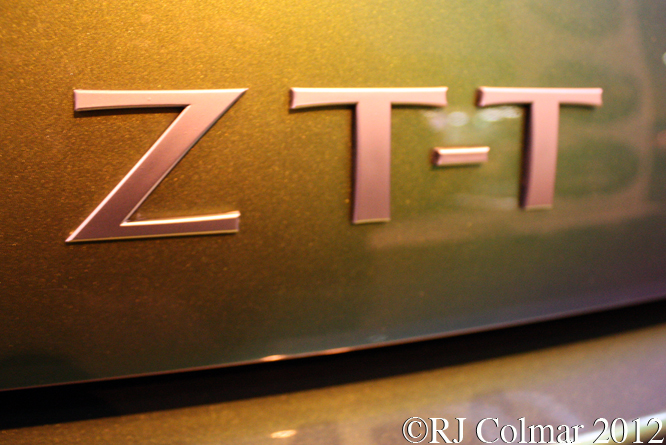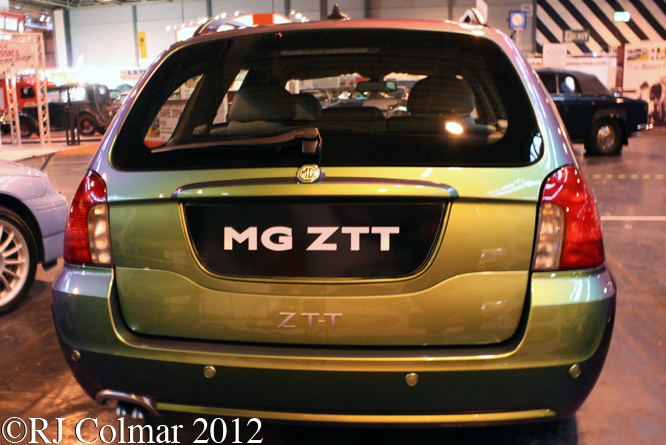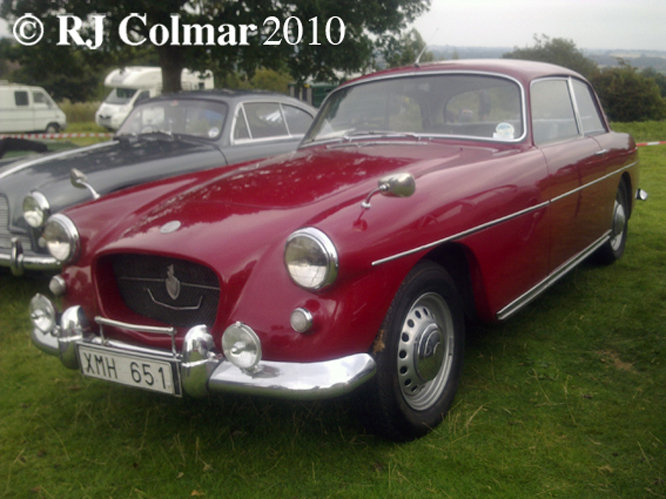The “something” that was “everything” that the Chrysler marketing department believed was never to be sensed or enjoyed in any other car….
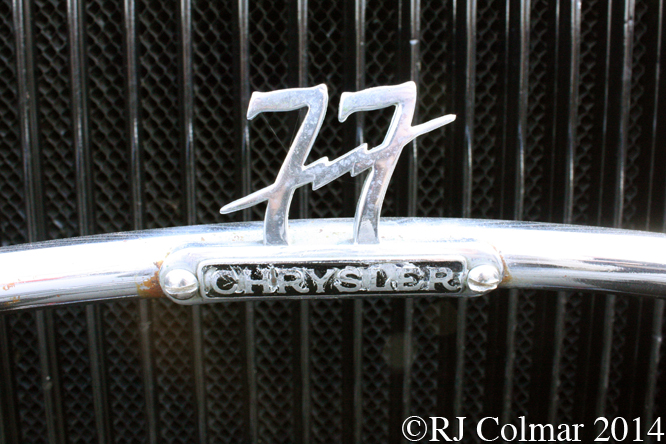
…. was Chrysler engineering which excelled in 1930 when the 70 and 77 models were introduced.
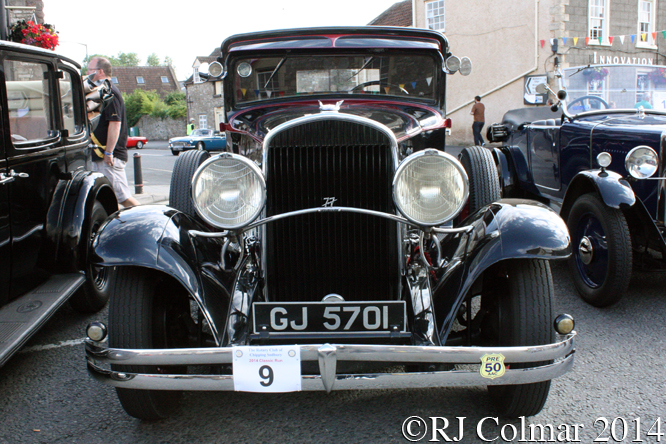
The 77 was available with nine body options, including the Royal Coupé seen here, which were described in the companies marketing campaign as being of “dreadnought construction”.
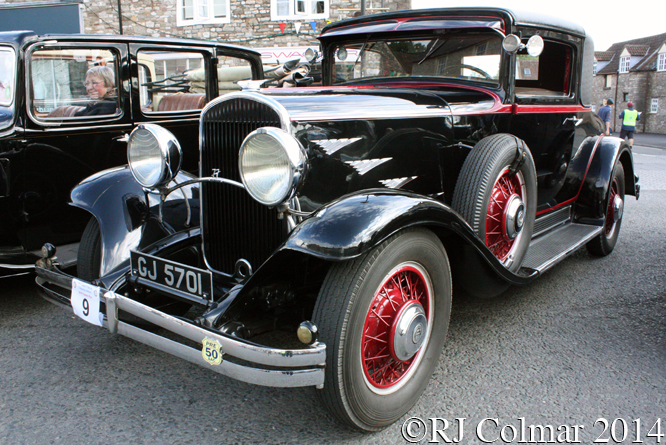
To put the battleship construction into the guaranteed 77 mph performance arena Chrysler were among the pioneers who used of down draught carburetors ….
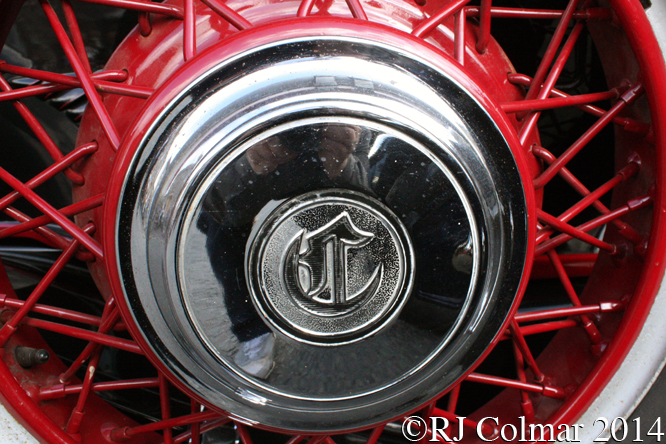
… and a cam driven fuel pump to replace the gravity flow vacuum fuel tank to improve fuel distribution to the 4.4 litre / 268 cui 93 hp straight six engine.
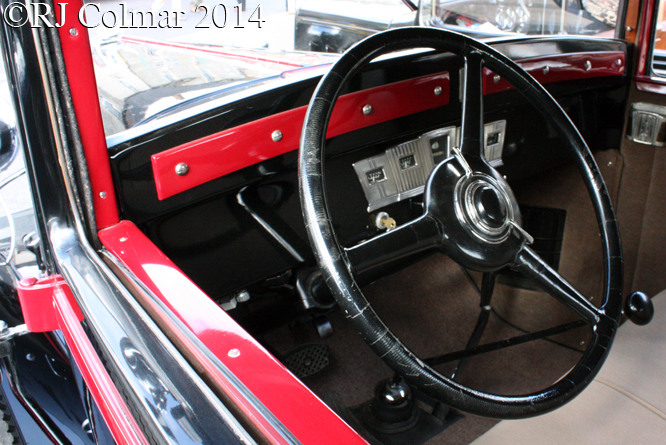
A “Multi Range” 4 speed gearbox was used to “out-distance all attempts to equal Chrysler performance.”
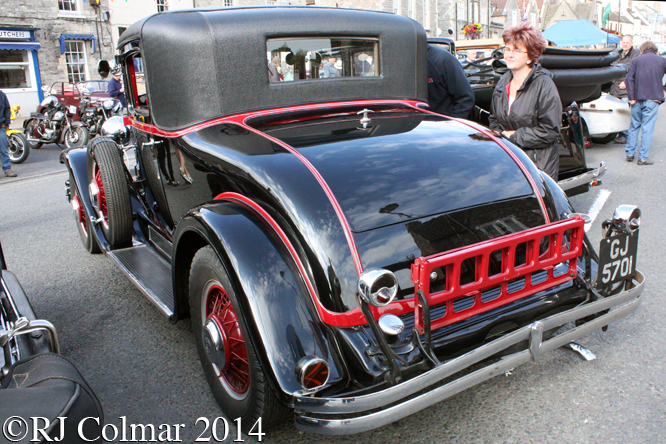
Further superior engineering was evidenced by the standard “weatherproof hydraulics” for the braking system and a handy brake fluid resevoir mounted conveniently on the engine firewall.
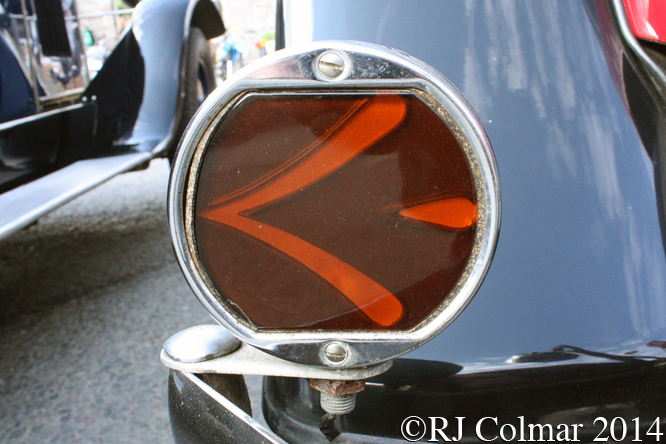
The other 8 body styles offered for the 77 Series were Business Coupé, Convertible Coupé, Crown Coupé, Crown Sedan, Phaeton, Roadster, Royal Sedan and Town Sedan.
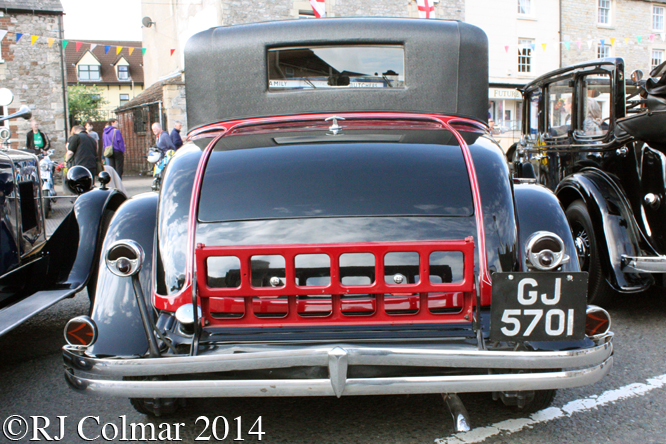
A new Royal Coupé would cost an owner $1725 excluding all extra’s which included a novel electrical option radio for which the wiring was factory fitted.
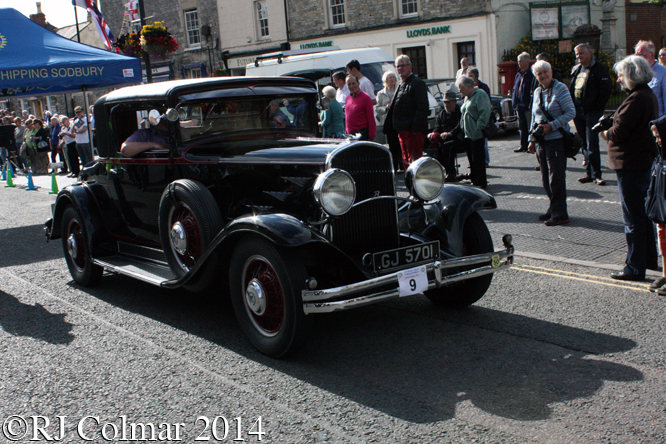
The example seen in these photo’s owned by Ken Thompson was first registered in the UK on the 3rd of June 1930.
Thanks for joining me on this “Something Yet Everything” edition of “Gettin’ a li’l psycho on tyres” I hope you will join me again tomorrow for Ferrari Friday. Don’t forget to come back now !


